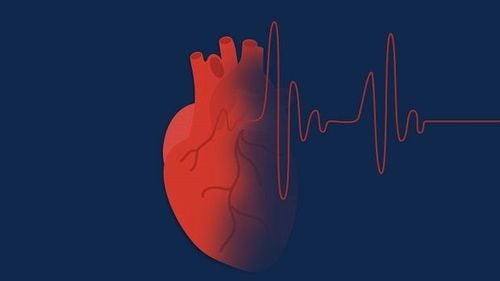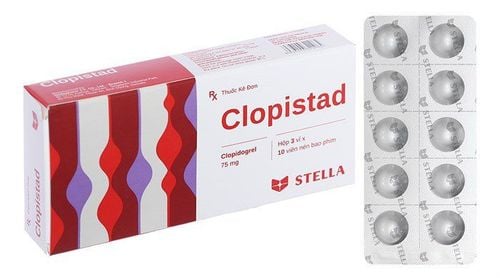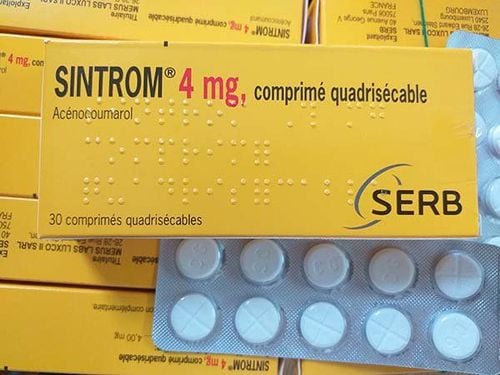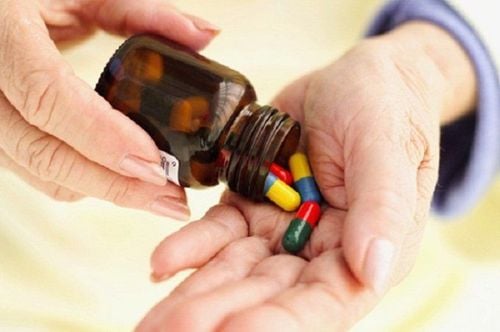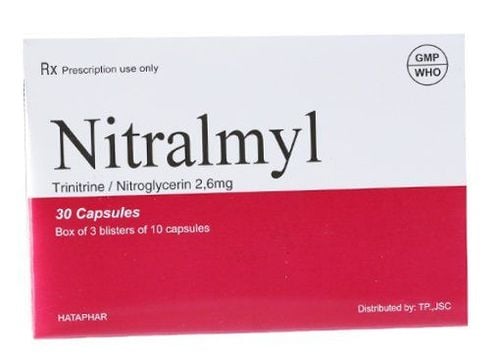This is an automatically translated article.
The article was professionally consulted by Dr. Nguyen Van Duong - Interventional Cardiologist - Cardiovascular Center - Vinmec Central Park International General Hospital. The doctor has many years of experience in the diagnosis and treatment of cardiovascular diseases.Atrial flutter is the second most common arrhythmia after atrial fibrillation. The disease has no specific symptoms and is difficult to recognize until it becomes more severe.
1. What is atrial flutter? Crazy Mechanism
Atrial flutter is a large re-entry arrhythmia, the atrial flutter is usually regular, on the electrocardiogram, the distance between the atrial waves is not clearly visible. Distinguished from atrial tachycardia in that, the mechanism of atrial tachycardia is due to increased automaticity of atrial muscle cells or small atrial re-entry loops, so the atrial wave (p') is clearly visible and there is a clear gap between the waves. But the distinction is only relative, many atypical atrial flutter also have atrial tachycardia-like waveforms.Atrial flutter ranks second among atrial arrhythmias. Atrial flutter and atrial fibrillation are sometimes combined in the same patient, at the same time, and on the same ECG. Unlike atrial fibrillation, atrial flutter rarely persists for more than a few hours or reverts to sinus rhythm, or most often converts to atrial fibrillation.
Mechanism: Most cases of atrial flutter are caused by a large re-entry loop that damages the slow conduction tract in the region between the tricuspid annulus and into the right atrium, usually counterclockwise. .
2. Classification of atrial flutter

Clockwise atrial flutter (Figure 6B): This atrial flutter has an electrical impulse that flows from the negative electrode in the anterior region of the tricuspid valve (corresponding to the V1 position) and then flows clockwise to the positive electrode in the area of the tricuspid valve. After the lower back (corresponding to DII, III, AVF), the electrocardiogram shows a positive F wave in leads II, III, AVF and negative in V1.
When viewing the electrocardiogram, both leads II, III, AVF and especially V1. Especially in many patients, at lead II, III, AVF, atrial flutter is sometimes difficult to see because of QRS continuity (looks like p' wave: like atrial rhythm), then looking at lead V1 will see F waves separate from each other. . In case the F wave is not clearly visible in all leads, to see the atrial flutter more clearly, we do the parasympathetic maneuver (carotid sinus massage, ocular pressure) or use drugs that block the atrioventricular node ( Adenosine, Tildiem) or possibly esophageal electrocardiography for direct access to the left atrium. Atrial flutter waves clearly seen in II, III, AVF and V1 have high specificity (90%) for CTI-dependent atrial flutter.
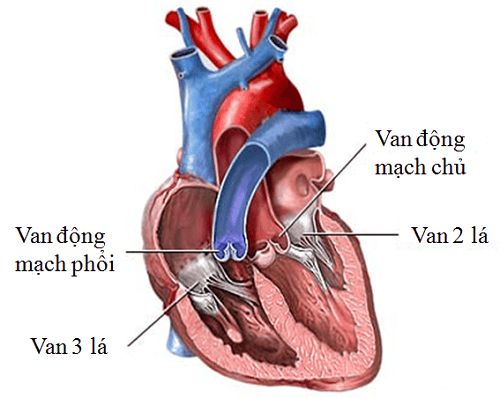
Right-sided atrial flutter independent of CTI (Electrocardiogram is either very similar to typical atrial flutter or completely different. This type of atrial flutter is almost always accompanied by typical atrial flutter. This type of atrial flutter is one of the types of atrial tachycardia with rate < 240 beats/min and clear isoelectric interval between atrial waves
Left atrial flutter: Due to multiple re-entry cycles, the atrial flutter wave is usually small and the electrocardiogram is variable. Electrocardiographic diversity can be atypical atrial flutter or atrial tachycardia with a cycle < 200 beats/min Including:
Left atrial septal atrial flutter: Due to a re-entrant loop around the primary hole of the atrial septum with positive and clear F waves in V1, but low in other leads Pericuspid atrial flutter: Re-entry loop runs around the mitral valve, electrocardiogram: low voltage atrial flutter in II, III, AVF and positive calculated at V1, V2.
3. Treatment of atrial flutter
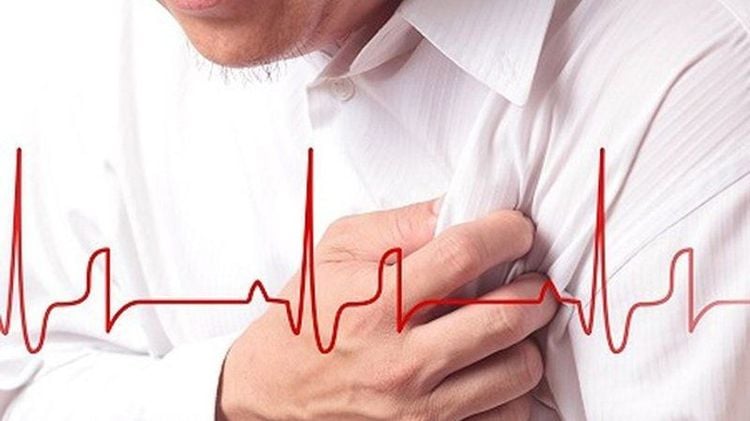
Control of ventricular rate: In case of emergency use intravenous, not urgent oral: Adenosine, Verapamil, Diltiazem, Digoxin, beta-blockers. Patients with heart failure should take Digoxin, patients with bronchial asthma and COPD should take calcium channel blockers.
Cardioversion and sinus rhythm maintenance: The pathogenesis of atrial flutter is different from atrial fibrillation, The mechanism is due to re-entry into the atrial chamber, so to convert back to sinus rhythm, people use a number of methods:
Over-frequency pacing atrial fibrillation for re-entry, electrophysiological ablation Cardioversion with low-dose synchronous electric shock (50 J) biphasic shock or intravenous Ibutilide Maintenance of sinus rhythm and prevention of recurrent atrial flutter can be used with class Ia drugs , Ic especially Amiodarone low dose 200mg/day used 5 days a week. Before taking medications that must be carefully considered because they can cause arrhythmias To protect cardiovascular health in general and detect early signs of myocardial infarction and stroke, customers can sign up for a Cardiovascular Screening Package - Basic Cardiovascular Examination of Vinmec International General Hospital. The examination package helps to detect cardiovascular problems at the earliest through tests and modern imaging methods. The package is for all ages, genders and is especially essential for people with risk factors for cardiovascular disease.
Please dial HOTLINE for more information or register for an appointment HERE. Download MyVinmec app to make appointments faster and to manage your bookings easily.





